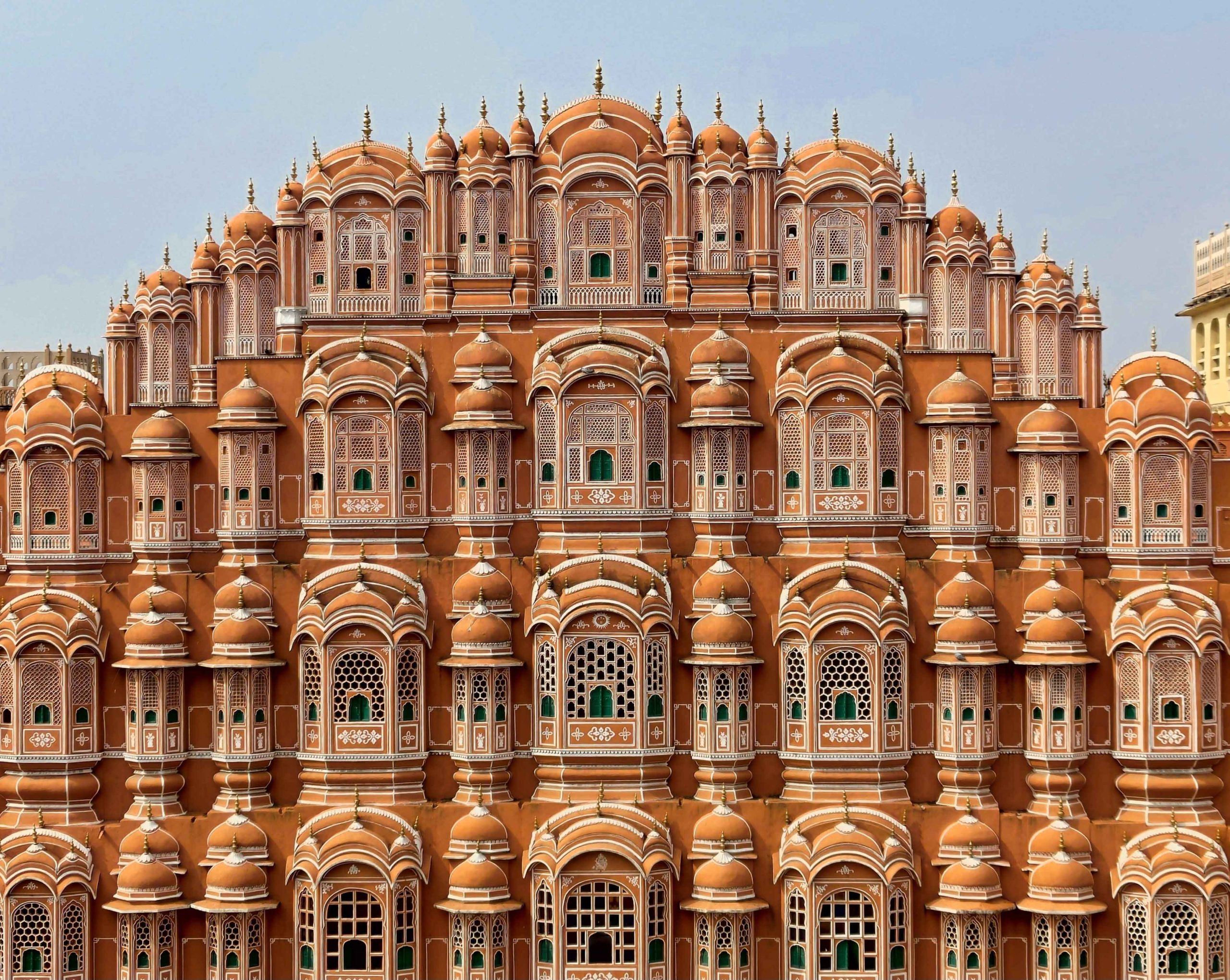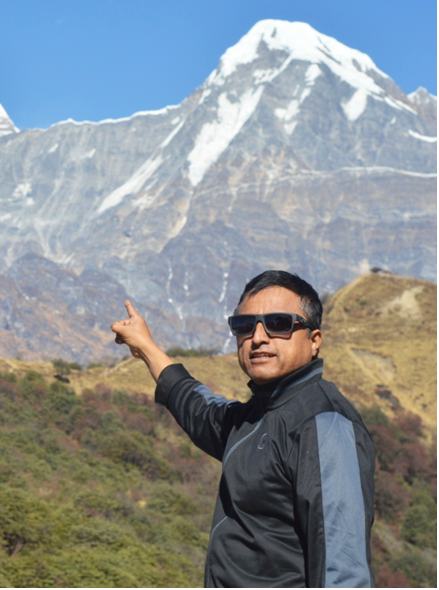Trip Introduction
Some of the most stunning forts and palaces in the world may be found in Rajasthan, the country of kings and queens. The Rajasthan Fort and Palaces Tour is a historical excursion that allows you to experience the splendor and extravagance of the Rajput rulers and queens.
In the city of Jaipur, there is a stop at the Amber Fort to start the trip. This majestic fort was constructed in the 16th century and is renowned for its elaborate carvings and mirror work. It is a wonderful example of Rajput architecture. Awe-inspiring vistas of the city below await you as you make your way to the fort’s summit.
The City Palace, which is situated in the center of Jaipur, will be your next stop. This palace, which was constructed in the 18th century, is the ideal fusion of Rajput and Mughal design. The palace is home to a museum with an assortment of priceless items and paintings that will give you a glimpse into Rajasthan’s rich history and culture.The Jal Mahal, which is in the city of Jaipur, is also included on the tour. This palace was constructed in the 18th century, sits in the middle of a lake, and is renowned for its stunning architecture. The palace is surrounded by lovely grounds, making it the ideal place to unwind and take in the splendor of the outdoors.
The Mehrangarh Fort, which is situated in Jodhpur, is the second destination on the tour. One of Rajasthan’s largest and most spectacular forts was constructed in the 15th century. A multitude of palaces, temples, and museums within the fort will provide you with insight into Rajasthan’s rich history and culture. The itinerary of the vacation also includes stops in Udaipur, It is popularly referred to as the Venice of the East and ishome to stunning lakes, temples, and palaces. The City Palace, which is situated on the shores of Lake Pichola, is themost well known palace in Udaipur. The palace is renowned for its fine carvings and paintings, which provide a window into the country’s extensive history and culture.
You can travel back in time and be whisked away to the era of kings and queens with the Rajasthan Fort and Palaces Tour. You will be fascinated by the splendor and magnificence of Rajasthan’s forts and palaces when you go there. Therefore, the Rajasthan Fort and Palaces Tour is the best option for you.




